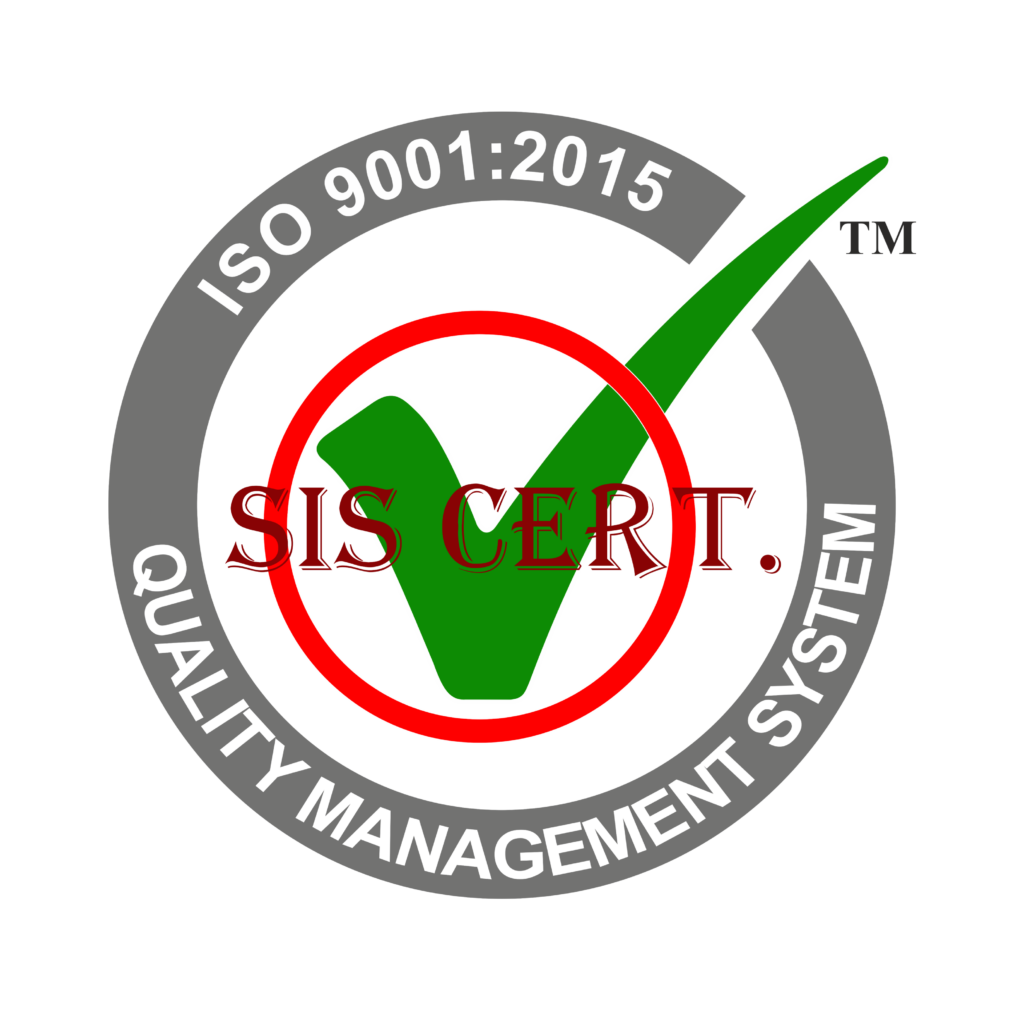The global stainless steel market is at an inflection point. Sustainability trends are quickly becoming essential for businesses to survive. Resource conservation, industrial practices, technological advancements, and emerging markets are all factors driving sustainability efforts.
Companies must be proactive in embracing these changes. It is crucial for them to remain competitive and continue to thrive in the stainless steel industry.
Key Takeaways
- Increasing global demand for stainless steel is driving sustainability trends in the steel industry.
- Companies must focus on sustainable practices to meet this demand.
- Utilize products and processes that reduce environmental footprint and improve economic efficiency.
- Adopt energy-efficient strategies to reduce energy consumption and carbon emissions.
Global Demand
Increasing global demand for stainless steel is driving sustainability trends in the steel industry. As the global stainless steel market continues to expand, companies must focus on sustainable practices to meet this demand.
This includes utilizing products and processes that reduce their environmental footprint and improve their economic efficiency. For instance, businesses can adopt energy-efficient strategies to reduce their energy consumption and carbon emissions. Additionally, companies can employ strategies that promote efficient use of resources, such as recycling and reusing stainless steel products.
Furthermore, companies should strive to meet local and international standards for sustainability, which will ensure that they are producing quality products while also protecting the environment.
Resource Conservation
To further reduce environmental impact and improve economic efficiency, stainless steel companies should focus on conserving resources by implementing strategies such as recycling and reusing products. Companies can also take advantage of new technologies such as advanced 3D printing, which can reduce material waste and create more efficient, cost-effective production processes. Additionally, companies can invest in renewable energy sources and energy-efficient equipment to reduce their reliance on non-renewable sources.
Furthermore, companies should consider investing in waste management systems to reduce the amount of materials that go to landfills. Efforts to reduce water consumption can also be taken, such as by implementing efficient irrigation systems and collecting and recycling rainwater. Companies should also be mindful of the materials used in the manufacturing process and source them responsibly to ensure their sustainability. Additionally, they should strive to reduce their usage of hazardous chemicals and materials, as these can have a negative impact on the environment.
Industrial Practices
As a stainless steel company, it is important to ensure that industrial practices are sustainable and eco-friendly. To this end, it is essential to evaluate current practices and implement innovative solutions to reduce their environmental impact.
Processes such as energy and water consumption, waste management, and emissions should be regularly monitored to ensure efficiency. Furthermore, the use of renewable resources can reduce dependence on non-renewable raw materials, such as fossil fuels. Additionally, it is vital to ensure that the manufacturing processes adhere to the industry’s safety standards and regulations.
To further enhance sustainability, companies should strive to reduce their carbon footprint through the introduction of sustainable production methods, such as using clean energy sources, minimizing waste, and conserving resources. Companies should also invest in green technologies, such as electric arc furnaces and advanced cooling systems, to reduce energy consumption.
Technological Advancements
Building upon the implementation of sustainable industrial practices, technological advancements have been instrumental in furthering the sustainability of the global stainless steel market. Automation, robotics, and artificial intelligence can be leveraged to reduce waste, increase process efficiency, and minimize human error. Additionally, the use of data analytics can be employed to identify and address inefficiencies within the production process. By utilizing these tools, the stainless steel industry has seen a decrease in the amount of energy needed to produce a product, improved product quality, and increased worker safety.
The use of innovative materials in the production of stainless steel has also led to an increase in sustainability. By utilizing environmentally friendly materials such as recycled steel, titanium, and aluminum, producers are able to reduce their carbon footprint and reduce the amount of waste produced. Furthermore, the adoption of 3D printing has enabled producers to produce customized stainless steel parts, reducing the time and cost associated with traditional manufacturing methods.
Emerging Markets
With the increased demand for stainless steel in emerging markets, sustainability has become an increasingly important factor for producers. To meet the evolving needs of customers, companies must consider the environmental impact of their operations.
Additionally, they must evaluate the implications of their decisions on the global climate. The use of green technologies, such as renewable energy sources, is becoming increasingly popular, as well as the development of eco-friendly production processes.
Companies must also pay attention to the social and economic aspects of their operations, prioritizing the well-being of their employees and communities. Furthermore, they must ensure that the materials they use are responsibly sourced and that their products are safe for consumers.
Frequently Asked Questions
What Are the Long-Term Sustainability Implications of the Global Stainless Steel Market?
The global stainless steel market is a key driver of sustainability, with long-term implications that can promote innovation across industries. The market’s potential to reduce waste and emissions, encourage greater resource efficiency, and drive eco-friendly production methods is vast.
What Economic Factors Drive Demand for Stainless Steel?
Demand for stainless steel is driven by its durability, cost-effectiveness, and aesthetic appeal in a variety of industries. Its versatility and strength make it an attractive option for modern businesses, driving innovation and progress.
How Can the Stainless Steel Industry Reduce Its Environmental Impact?
The stainless steel industry can reduce its environmental impact by adopting sustainable practices such as utilizing renewable energy, reducing waste, and investing in research and development of new, eco-friendly materials.
What Are the Latest Innovations in Stainless Steel Production?
The stainless steel industry is constantly innovating in order to meet the demands of a modernizing world. Recent breakthroughs in production techniques have enabled more efficient and sustainable production of stainless steel than ever before.
How Is Stainless Steel Being Used in Emerging Markets?
Stainless steel is increasingly being used in emerging markets due to its strength, durability, and cost-effectiveness. It is becoming a highly sought-after material for industrial and commercial applications, including infrastructure and transportation.
Conclusion
The steel industry is a major global industry that is increasingly focused on sustainability. As demand grows, resources must be conserved and industry practices must become more efficient.
Technological advancements are helping the industry to achieve greater sustainability goals, and emerging markets are providing new opportunities.
In order to succeed in this new environment, the steel industry must embrace sustainability, in terms of both resource conservation and efficient practices. With such an approach, the steel industry can ensure continued success and prosperity in the future.


